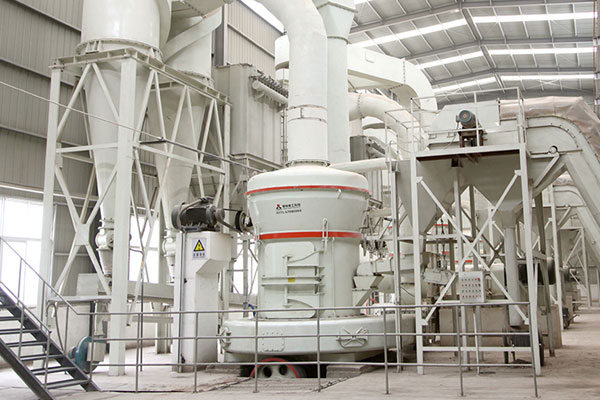Putty powder is a construction material used for finishing walls and ceilings. It is made from a mixture of calcium carbonate, gypsum, and various additives, which are ground into a fine powder. To produce high-quality putty powder, it is important to use a reliable grinding machine that can effectively pulverize the raw materials into a fine powder.
Grinding machines are machines that use abrasive wheels or belts to shape, polish, or grind materials into the desired shape or size. The type of grinding machine used for putty powder production depends on the desired particle size, throughput, and the characteristics of the raw materials.

There are several types of grinding machines that can be used for putty powder production. These include ball mills, vertical roller mills, Raymond mills, and ultrafine mills. Each type of machine has its advantages and disadvantages, and the choice depends on the specific requirements of the application.
Ball mills are the most commonly used grinding machines for putty powder production. They consist of a rotating cylinder filled with steel balls, which grind the raw materials into a fine powder. The main advantage of ball mills is their versatility, as they can be used for both dry and wet grinding. They are also relatively simple to operate and maintain. However, they have a low energy efficiency and may produce a significant amount of dust during operation.
Vertical roller mills are another type of grinding machine that can be used for putty powder production. They consist of a large vertical grinding chamber that is filled with rollers. The rollers rotate around a central axis, crushing and grinding the raw materials into a fine powder. The main advantage of vertical roller mills is their high energy efficiency, which can result in significant cost savings over time. However, they are more complex to operate and maintain than ball mills.
Raymond mills are a third type of grinding machine that can be used for putty powder production. They consist of a rotating bowl that is filled with grinding rollers. The rollers rotate around the bowl, grinding the raw materials into a fine powder. The main advantage of Raymond mills is their high throughput, which can be up to 50 tons per hour. However, they have a higher initial cost than ball mills and may be less energy-efficient.
Ultrafine mills are a fourth type of grinding machine that can be used for putty powder production. They use high-speed rotating blades to grind the raw materials into an ultrafine powder. The main advantage of ultrafine mills is their ability to produce very fine powders, which are often required for high-end applications. However, they are also the most expensive type of grinding machine and may require specialized maintenance.
Choosing the right grinding machine for putty powder production depends on a variety of factors, including the desired particle size, throughput, and the characteristics of the raw materials. Ball mills are the most commonly used type of machine, but other options such as vertical roller mills, Raymond mills, and ultrafine mills may be more appropriate for specific applications. Regardless of the type of machine used, it is important to ensure that it is reliable, efficient, and easy to maintain to ensure consistent and high-quality putty powder production.
